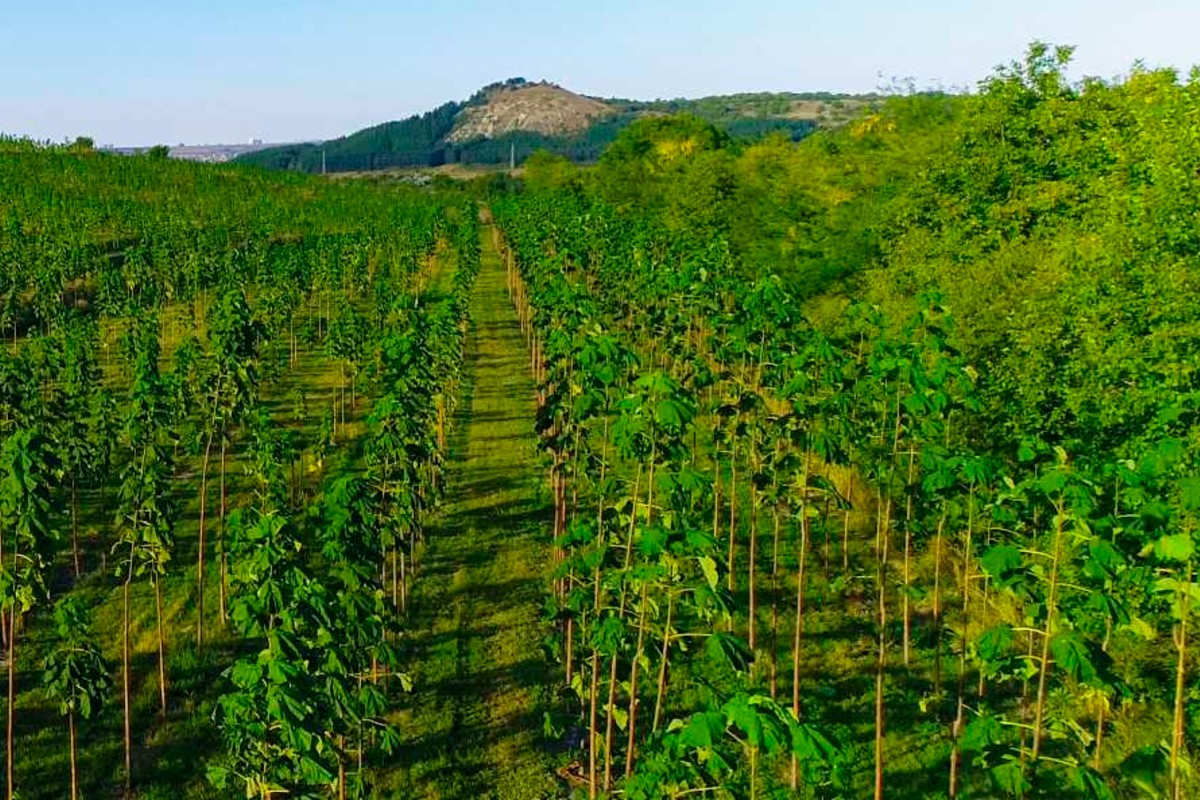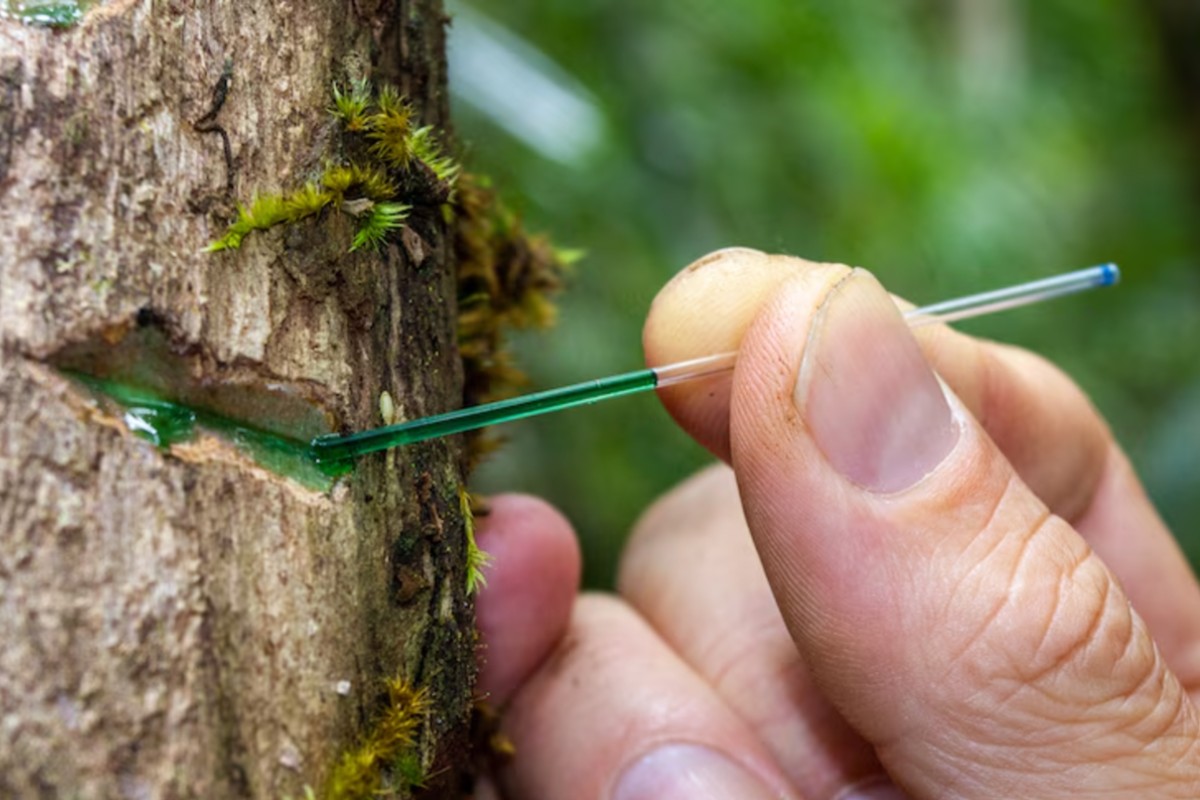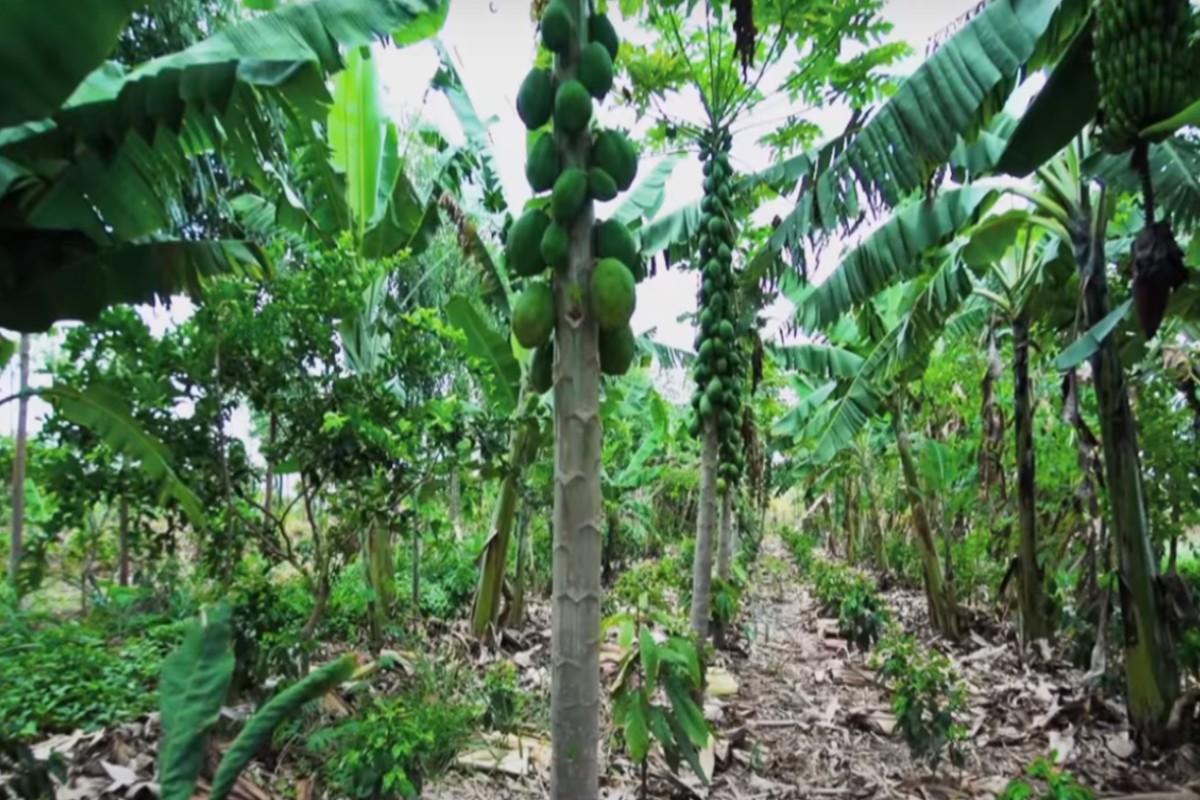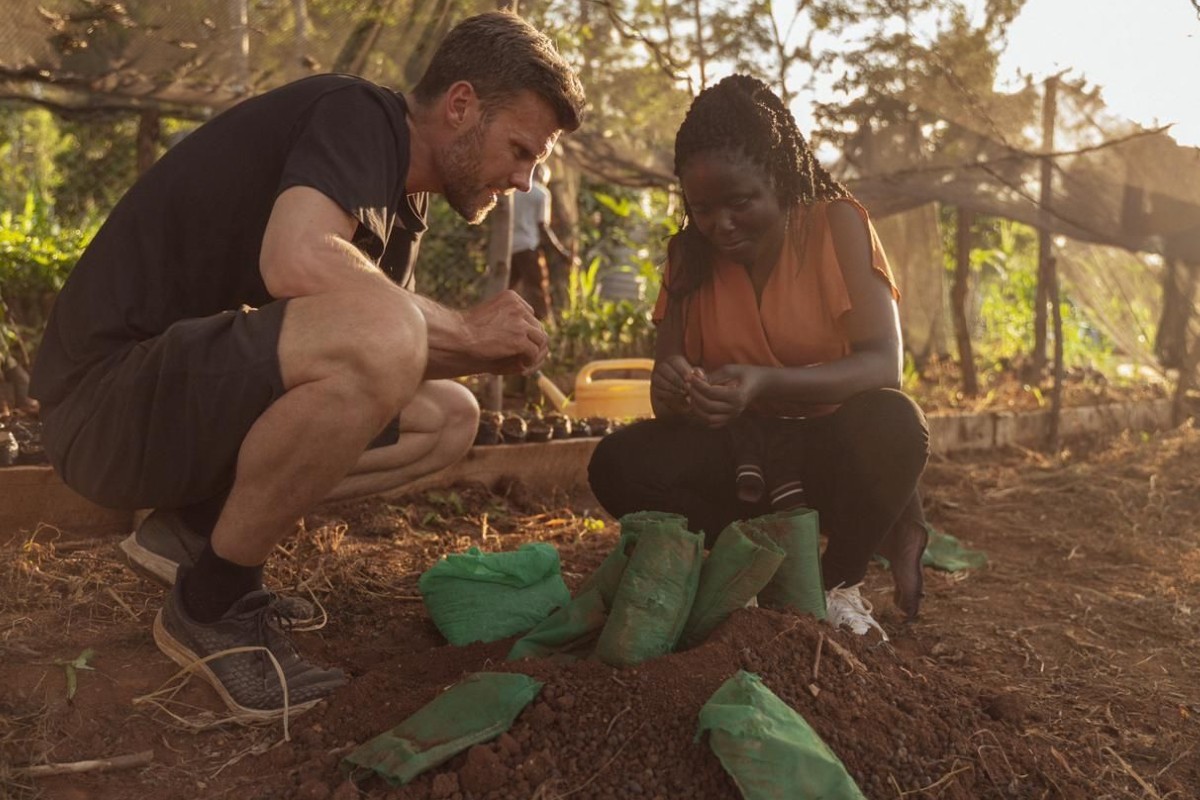
Agroforestry: The Green Renaissance of Mankind
By Jacob Vahr Svenningsen
Imagine a world where all raw materials for every consumer product are sourced from forests.
In this future scenario, man-made ecosystems are purposefully designed as plantations with the goal of extracting Earth's minerals and producing materials for industry. These plantations could include rapidly growing, straight trees that absorb large amounts of carbon from the atmosphere during their photosynthesis process. One such tree is Paulownia, often called the "aluminium of timber" due to its strength, flexibility, and lightweight—traits that make it easy to manage in production.
Consider for a second hyperaccumulators, which are lesser-known species, such as Pycnandra acuminata, which naturally draw nickel, a metal in high demand for electrification, from the soil using a method called agromining. It makes it possible for us to harvest without relying on fossil fuel-intensive methods or for that matter forced labour in the mining industry.
Instead of using heavy machinery and burning coal and gas for smelting iron ore to extract metals and REEs, we could potentially extract these metals directly from the ground using plants.

Phyllanthus balgooyi is one of the "hyperaccumulator" trees that absorb metallic elements. (Credited: Dr Antony van der Ent)
Now, imagine investing in agroforestry plantations full of diverse crops, designed with biodiversity for maximizing climate resilience thus protecting the crops, containing these light timbers and hyperaccumulators and much more. These systems would be self-sufficient in nutrients and water, provide local communities with food security, help them become suppliers for premium export markets, and produce abundant resources for textiles, biofuels, and raw materials for industrial and construction uses.
Ernesto Gotsch syntropic agroforestry 18 months high yield design
While such systems exist today in simpler versions for specialty crops like coffee and cacao, they are not widely implemented, largely due to ignorance and our continued reliance and promotion of conventional mechanized agriculture. However, we now have an opportunity and are forced with urgency by climate change to bridge this knowledge gap and lead the world into a future where we can harness these resources while removing atmospheric carbon.
Since the Industrial Revolution, we’ve expanded mechanized agriculture, including grasslands for animals, to cover roughly 9% of Earth's landmasses — a feat that took 140 years. What if we applied this same approach to agroforestry? By covering just another 2% of the planet with these diverse agro-ecosystems, capturing 100 tonnes/hectare we could store all the carbon emitted by humankind in recorded history in living biomass. With modern regenerative techniques, it’s possible to achieve this within a single generation (25-30 years), provided the right financial incentives and climatic urgency are in place and well understood.
To put this into perspective, imagine a simple, climate-resilient, 20-year-old agroforestry system that stores 100 tons of CO2 per hectare in soil organic carbon. When we scale this up, it would require investing in a land area equivalent to the size of Argentina, India, and Kazakhstan put together — 10mio km2. This would easily create 300-500 million jobs in the primary production sector across developing countries - all near the equator, where temperature, water and available landmass makes photosynthesis and yields several times more efficient along with people ready to work the cool and pleasant forests.
Consider this: What if a brave few pioneering industry brands could be the first movers in commercializing Earth's underproductive lands, making them the back-bone of the global civilization of the future? These companies would live near forever.
The cost of kickstarting this agroforestry commercialisation would be around $200 USD per hectare, for 10mio km2 that's 200 trillion USD, or roughly 3 year's of global GDP to reverse climate change. In other words, this can only be done in a viable business model with sufficient financial incentive and climate urgency.
Obviously these industry leaders would become climate-resilient, sustainable, and even carbon-positive in their raw material supply chains at the core of their business model.
By doing so, we are creating a future that is truly able to sustain itself for generations to come, benefitting not only mankind's secured advancement, but also the various forms of wildlife and the biodiversity that is key to the very existence of life on planet Earth.
Agroecologist Celestine “Olessy” Otieno from eGro explaining the benefits of seed for biodiversity to a Danish coffee entrepreneur Rune Sandholt from NGUVU
Acknowledgement
This article was produced in collaboration with eGro, a Founding partner to Fellow Future dedicated to advancing sustainable solutions in agroforestry and beyond.





